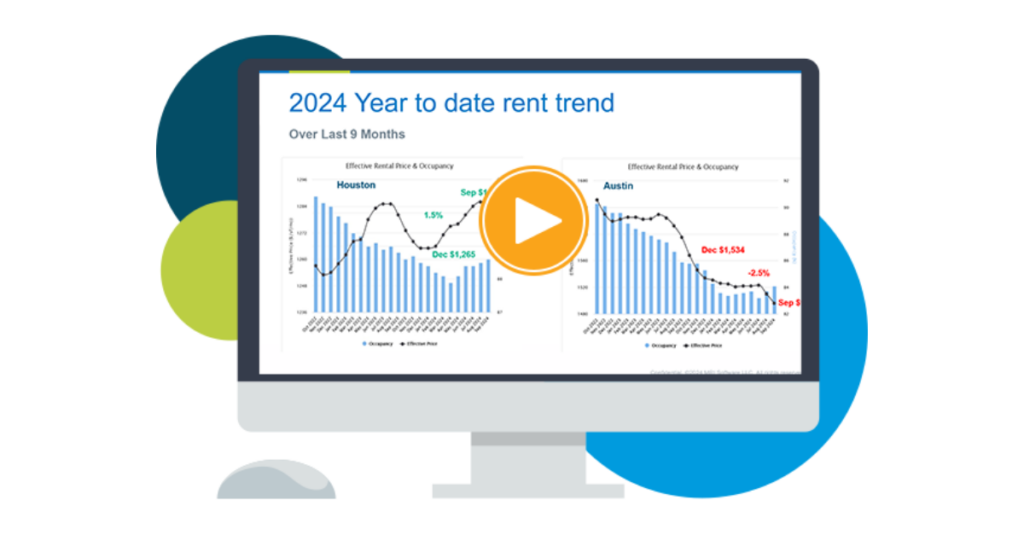Multifamily data: tenant retention increases bottom line
Managing the bottom line of your apartment community may seem tricky, but multifamily data shows there’s one highly cost-effective strategy: tenant retention. Now, you’ve likely heard before that resident retention is important, but we’re here to explain why it’s so vital for profitability.
The average community must replace about half of their residents every year. However, research shows that over 60% of resident turnover is preventable. Prioritize tenant retention with some of our tips below.
What multifamily data says about the advantages of tenant retention
Why is resident retention so important? In a nutshell, turnover costs you money. A lot of money.
Here are some of the costs associated with tenant turnover:
- Marketing for available units
- Lost rental income for the unit
- Turnover maintenance
- Cleaning between tenants
- Administrative costs
Move-out cost estimates are an average of over $4,000, making it a huge burden on your bottom line if you have a high turnover rate.
In fact, multifamily data research shows that on average each retained resident is worth about $900 per year in addition to their rent payments.
To illustrate just how much your property could be losing out, here’s a quick example.
Say you have two units that you charge $1000 per month. Unit A’s tenant stays on for five years, while Unit B switches to a new tenant each year. If we take the above estimates for cost of turnover and revenue for retention, this is the result for revenue:
| Unit A’s 5 Year Revenue
$64,500 |
Unit B’s 5 Year Revenue
$40,000 |
Naturally, this is a fairly simplified version which doesn’t take into account income for other amenities, maintenance costs, and other factors that affect revenue and profitability. However, it certainly shows the value of keeping good tenants around.
Tenant retention tips and strategies
Now, you may be thinking, “There’s nothing I can do about tenants moving out!” However, multifamily data suggests that may not be the case. Research shows that 68% of renters decide to leave because of poor customer service and only 9% leave for competitive pricing of other communities. In fact, tenants who are happy with property management are three times more likely to renew their lease. So, it’s important to emphasize customer service and communication to encourage resident retention.
Also, small personal touches go a long way in showing your tenants you value them. For example, personalized acknowledgements of things like birthdays is an easy way to help your tenants feel cared for.
You may also want to consider long-term incentives for your residents. In many cases, communities only offer tenants perks when they first move in. However, offering small upgrades, a fresh coat of paint, or other things to show your appreciation can help encourage tenant retention.
While these are general tips, much of tenant retention is also based on your specific market. Renters in different areas expect different things, so be sure you have access to property management data to help you customize your community to the market.
Multifamily market transitions: the changing dynamics of supply, demand, and financing
The multifamily market activity we’ve witnessed since the end of the global pandemic has become a familiar pattern of instability, characterized by extreme shifts in rental growth, supply levels, and absorption rates. Several factors, including the m…
